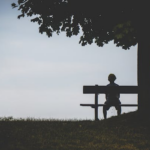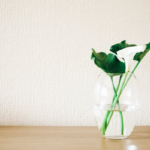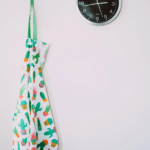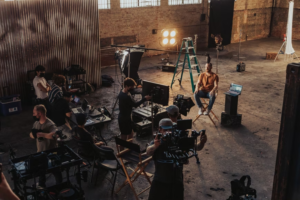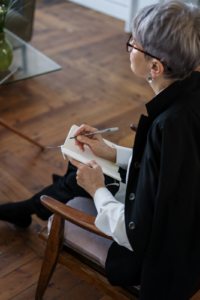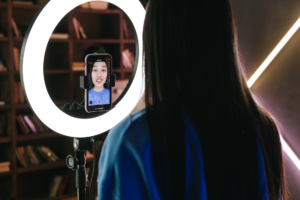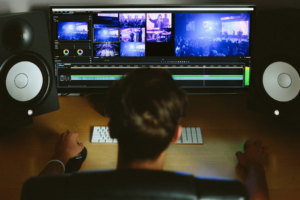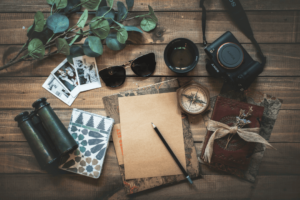In photography, the most significant design element you make use of is space. You can create an impressive photograph with the conscious help of space. However, two areas have to be integrated into your photo, they include:
- Negative space
- Positive Space

What Is Negative Space In Photography?
The space surrounding your main subject in the photo is the negative space, whereas your main subject is the positive space. Although monotonous, the negative space enhances your image’s visual appeal to your viewer. Some examples of negative space include large plain areas in an image such as the sky, grass, or water. Hence it is also known as white space.
Being the most powerful technique that contributes to your image’s composition, you can use negative space to:
- Draw your viewer’s eye toward the subject
- Create the correct relationship between the main subject and the background.
- Provide space in the photograph and prevent clutter.
- Define and emphasize the main subject.
- Portray an emotion or feeling
However, use this technique with diligence to reap its benefits.
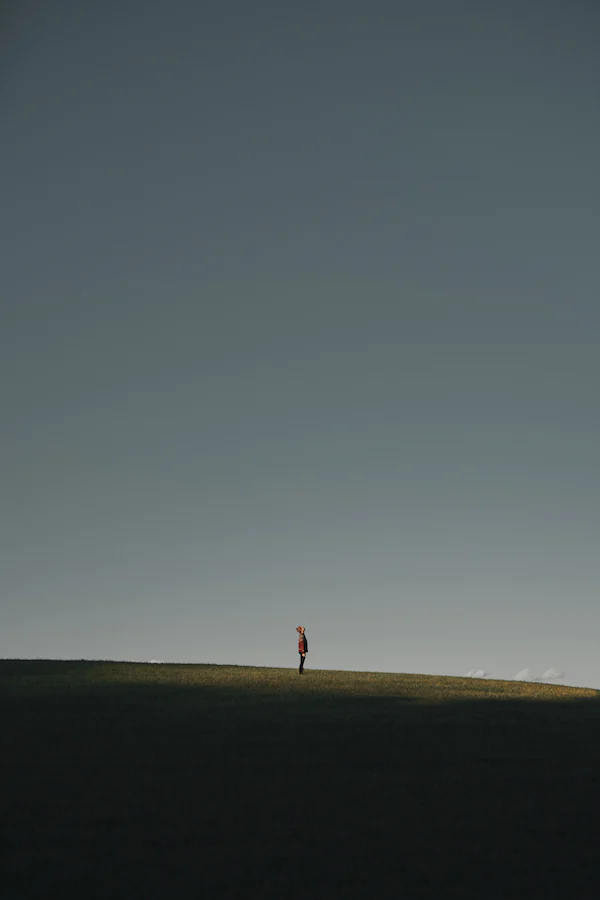
Effects Of Negative Space
Negative space portrays a quiet environment. Additionally, you can contrast the sizes of your main subject and the surrounding area to invoke the feeling of isolation. Further, you can also use it to add feelings of loneliness, solitude, relaxation, contemplation, or significance to your image.
Elements Of Negative Space
The two elements of negative space photography include the main subject and the surroundings, whose relationship influences the quality of your image’s composition. Since there are very few elements, you also have to consider your foreground, background, and distracting elements and plan to remove them.
How To Use Negative Space In Photography?
1. Intentionally Use Negative Space
To obtain a well-composed image, you need to pay attention to your background and positive space. Too much negative space in an image distracts the viewer and fails to make an impact. Therefore, add negative space intentionally to add vibrance to the subject being photographed.

2. Ignore The Subject In The Scene
Our mind is often engrossed in capturing images of an object’s look, such as its size, color, shape, and texture. Unfortunately, these ideas often interfere with the way you look at a scene. In reality, the resultant images are not as good as you conceive them in your mind. To combat this issue, ignore the objects in the scene; instead, shift your focus to the space around them. This way, you can improve your composition and see shapes and sizes precisely.
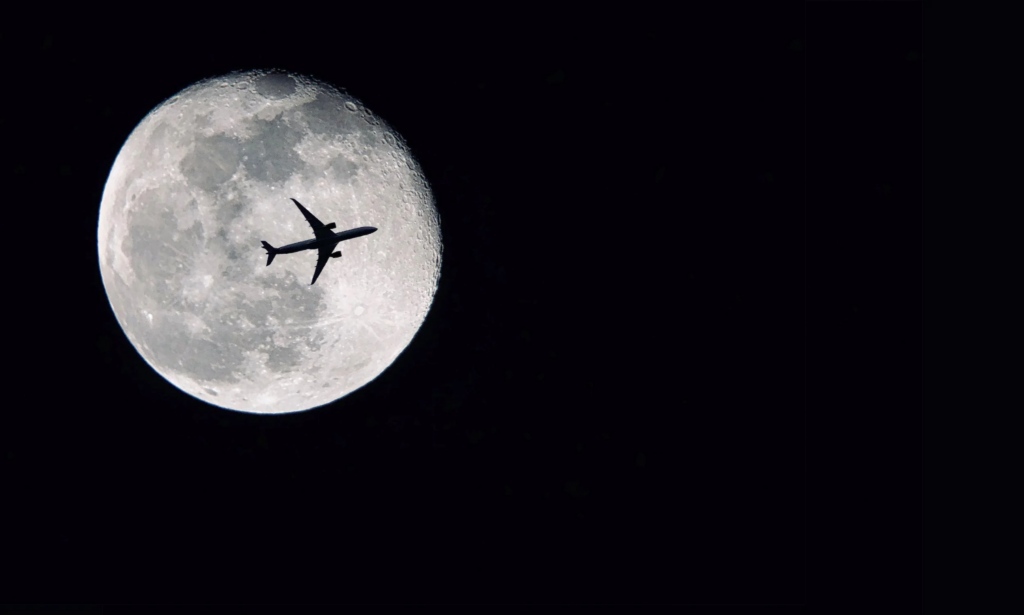
3. Negative Space Doesn’t Have To Be Empty
You don’t have to choose an empty negative space always; it can include other objects or patterns apart from the main subject. But ensure these images blend into the background and direct your viewer’s eyes toward the subject. Hence, the additional elements should not draw your attention. To achieve this, you can make use of repeating patterns in your background. This way, the relationship between the positive space and the other subjects recedes, which shifts the viewer’s focus toward your subject.

4. Balance Positive And Negative Space
For a balanced composition, combine both the negative and positive spaces. Although there are no fixed rules to using negative space in your image, you can make the negative space occupy more area than the positive space. This way, you can create an intriguing effect for your viewers.

5. Portray A Sense Of Size To The Viewer
Firstly, isolate your subject from the negative space to give your viewer a glimpse of your subject’s size. For this, get closer to your positive space and fill your frame with a contrasting pattern or area. Alternatively, move backward to make your subject look smaller, which will help it stand out.
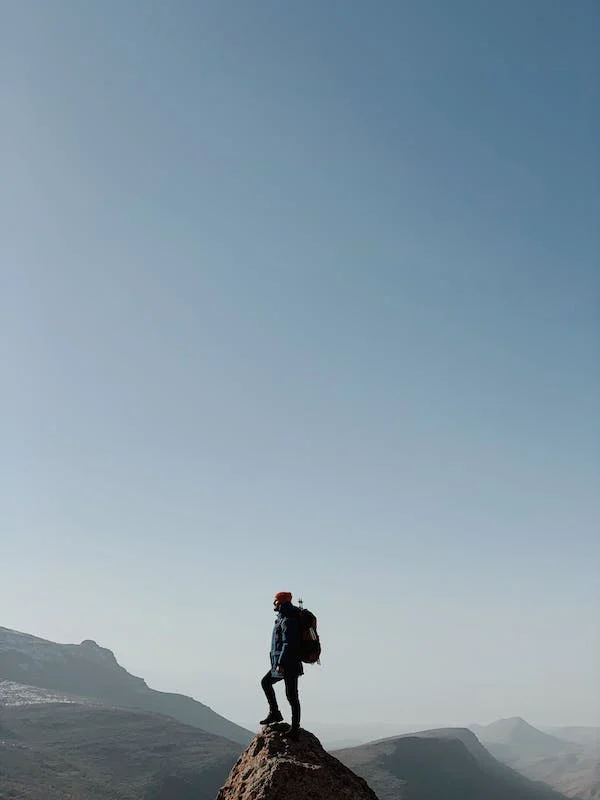
6. Convey An Emotion
In general, negative space binds your viewer with emotion or mood such as tranquility or loneliness. But, on the other hand, it cheers your viewer with high energy and vitality when used in combination with bright colors. If you want your image to express a feeling, consider the background, and the lighting around your subject and modify the illumination based on the emotion you wish to convey. For example, to instill the feeling of wonder and mystique, consider a wide-open space, and exploit its contrast with your subject.

7. Make Use Of Light And Shadow
Lights and shadows make an excellent tool to throw focus on your subject. You can use bright and direct lighting to emphasize the subject and its form while the shadows projected in the background stress the subject’s relationship to space. On the other hand, use soft light to create blurry and gentle shades that contrast the negative space.

8. Experiment With Minimalism
You can take advantage of a dominating negative space to compose minimalistic images. The positive space in these images will consume only a tiny portion of the space. This difference in size projects an impressive appearance that appeals to your viewer without any visual clutter.
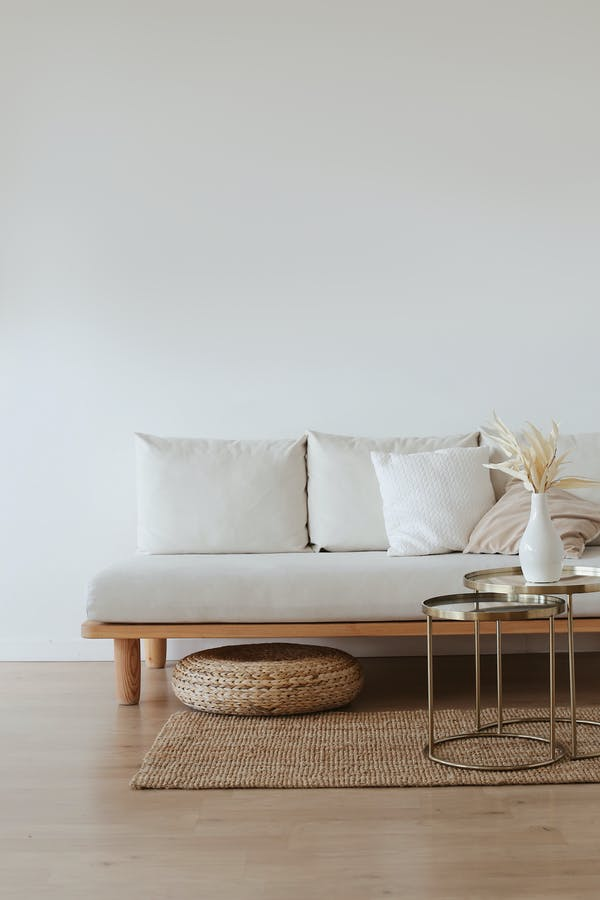
9. Use Black And White Photos
Colors are an excellent compositional tool to make your subject stand out against a light background. However, they can also be distracting and may have to be removed. To offset the effect of colors, compose a black-and-white photograph with contrasting shadows to draw your viewer’s attention. Additionally, this technique adds a timeless quantity to the image.

10. Create Your Own Negative Space
To create a negative space artificially, manipulate the camera settings to isolate the subject from your background. For this purpose, widen the aperture to result in a shallow depth of the field. As a result, you end up with an image with a blurred background that pops out the subject. Alternatively, if you have an exemplary environment, close down the aperture and use the narrow depth of field to keep patterns, textures, and backgrounds visible.
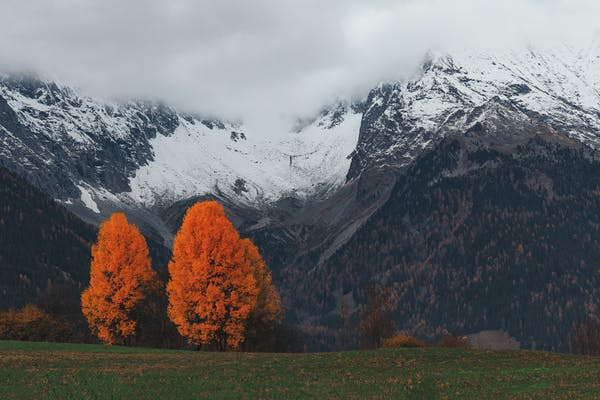
11. Camera Orientation And Negative Space
Negative space photography offers the comfort of capturing images with horizontal and vertical camera orientations. This flexibility allows you to experiment and use alternative compositions of your subject to yield more potent images.
Additionally, it would help if you took more shots from different angles apart from the first angle you thought to take a photo. The technique of negative space enables you to photograph your subject from different angles and in unique ways.
12. Combine Negative Space With Other Compositional Tools
To deliver powerful images, combine the negative space with other compositional tools such as:
- Frame within a frame
- Leading lines
- Horizontal Lines: adds impact to the negative space
- Converging Lines: Guides the viewer’s eyes towards the subject.

- Rule of Thirds: strengthens the composition of the image when used along with negative space.

Pro Tips
- Including negative space in your photography eliminates the distracting features.
- Make more compelling images with a combination of negative space and other techniques.
- Creative use of negative space around your subjects produces illusionary effects and results in exceptional outcomes. For example, you can shoot with a wide aperture i.e., low F/number, to get an extraordinary impact on your photo.
To hone your skills in negative photography, look at other photographers’ work. Understand how each of them perceives things differently and project the objects through their photography skill. Some of the photographers who show the beauty in negative space include:
- Chris Burkard
- Jim Zuckerman
- Jimmy Chin
- Lizzie Peirce
- Theron Humphrey
- Paul Nicklen
- Dylan Furst
- Hannes Becker
- Adam Senatori
Conclusion
In photography, the wisdom of using negative space comes with practice. However, there are umpteen techniques to ace negative space photography and give a unique touch to your image.
Videos On Negative Space Photography
Photography Tips – Negative Space in Photography
How To Use Negative Space In Photography?
Composition | Negative Space Photography (Tutorial & Ideas)


